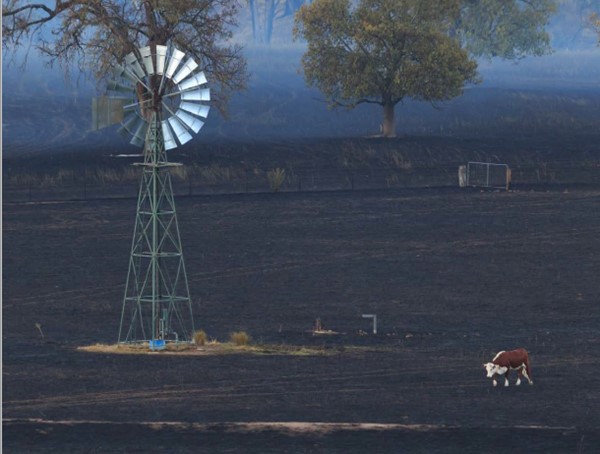Back to Extension, training & tools
Transporting livestock

Preparation, communication and using professional, accredited drivers are key to sound transportation once livestock are on the truck.
Top tips:
- Communication is key in extreme events – make sure you let drivers know of local conditions which may be very different to where they’ve driven from.
- Consider spelling periods and rest stops for long journeys – tired drivers mean tired animals – our preparation guidelines have tips for each class of livestock.
- Clean, regularly serviced and well-maintained vehicles are safest for people and animals.
|
Carting heavy cattle – special considerations When transporting extra heavy, long-fed feedlot cattle (800kg+) in finished slaughter condition:
|
Extreme events

Communication is key in extreme events. Make sure you maintain open communication at all times – from loading to unloading. Plan and prepare in advance to reduce unforeseen issues and stress.
Points to keep in mind:
- In drought – don’t leave it too long to sell animals – if you’re selling your livestock they need to be fit to load and be able to withstand the journey.
- In floods – maintain communication with transport companies, particularly about local road conditions if things are changing quickly.
- In bushfires - acting early will give you time to deal with unforeseen issues. Stressed livestock may be harder to handle or load. Consider how you will load and transport them, where you will take them, and how you will care for them in your bushfire management plan. Commercial carriers may not be available at short notice and you should never risk your safety by driving, walking or riding through active fire-zones.
- Get ready – Animals, State Emergency Service.
- National livestock standstill – Animal Health Australia.
- Truck safely in the extremes, Athol Carter, MLA News and Events.
- Horses and livestock in emergencies, Agriculture Victoria


